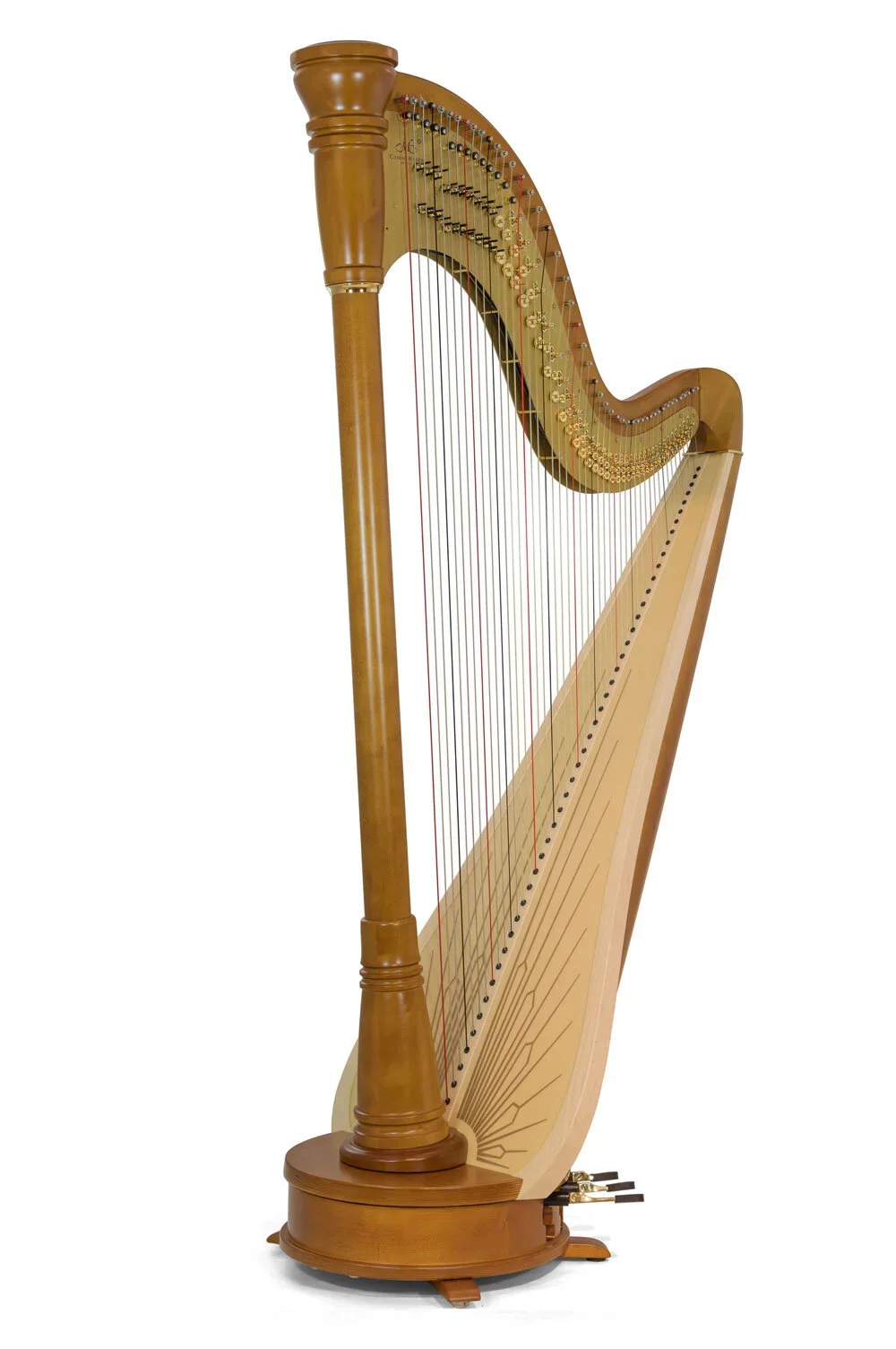A contemporary interpretation of French savoir-faire
The exceptional sound of 19th-century French harps stems from their construction in curves, bends and arcs. These shapes were made by hand, meaning that harps were only available to the privileged few. The onset of 20th century manufacturing techniques played a vital role in making the harp more accessible, but the machines of the time necessitated straighter lines and a certain simplification of the instrument’s structure.
In the 21st century, technology can now achieve many things that earlier were only possible by hand. Camac has returned to Erard’s curved lines, in the context of modern luthiery.
The fruit of years of research
It took fifteen years to perfect these curved structures, and achieve the sound we wanted. This appeared firstly in our Concert Grand harps: the Canopée, the Art Nouveau, and then throughout the top of our range. These instruments soon became the choice of the finest soloists, and orchestras such as the Vienna Philharmonic, the Paris Opera, the Gewandhausorchester, the Bavarian State Opera, and the Deutsche Oper Berlin.
As we fielded the waiting lists for these exceptional harps, we wanted also to offer the nouveau son Camac – the new Camac sound – to the middle part of our range. The Égérie is the embodiment of this democratisation. The harp is available with either a straight or an extended soundboard, and with a beautiful, streamlined aesthetic.


